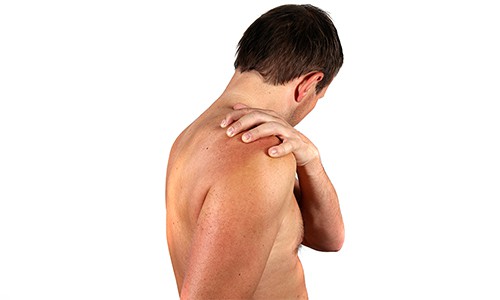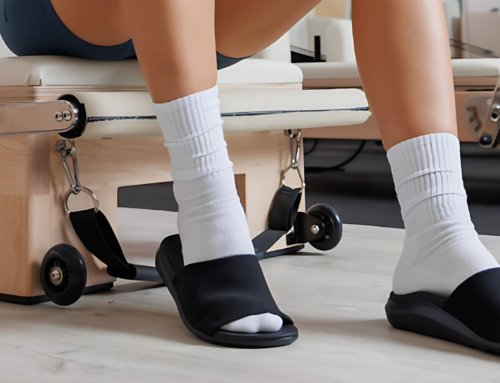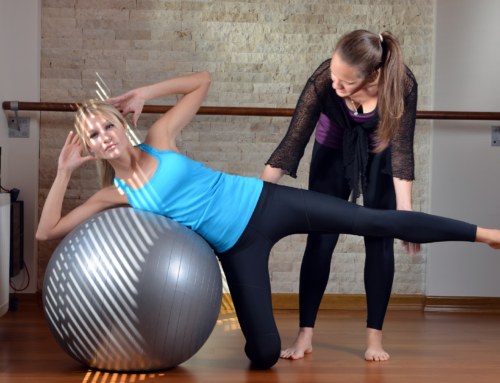I am sure most of you have heard of ‘Frozen Shoulder’ by now. It is a very common condition and yet there is no cause most of the times. It is basically a stiff shoulder . People can develop it due to repetitive movements that hurt the joint covering. Diabetics have a higher tendency to develop this condition. It is a self limiting condition. Which means it has its own life cycle and lasts from anywhere between 18 months to 2 years.

Shoulder
What happens with a frozen shoulder
Frozen shoulder goes through 3 different stages:
Stage 1:
People will experience a lot of pain which is constant. It can get aggravated with movement. This is the most difficult stage due to the amount of pain experienced. Medication may help. It is advisable to rest the area and use medication as directed by your doctor. This stage may last for up to 3 months after initial episode.
Stage 2:
This is a stage where pain reduces. There is better movement of the shoulder in this stage. However, there may be a lot more stiffness. Physiotherapy really helps in this stage. The focus is on getting more movement into the joint and strengthening of the rotator cuff. These are muscles that support the shoulder and move it. This stage may last from anywhere between 6 months to 12 months.
Stage 3:
This is the final stage of Frozen Shoulder. Patients experience more of stiffness rather than pain. Pain with movement reduces to a great extent. The main issue is stiffness of the joint. Rotator cuff strengthening exercises will definitely benefit in this stage. The focus now is to improve flexibility of the joint. This phase lasts for 3-6 months after stage 2.
It is common to get the full range of movement back in the Shoulder after the 3 stages are completed. There are no on going issues. However, rarely patients may start getting problems with the other shoulder.
How can Physiotherapy help frozen shoulder?
Physiotherapy helps by reducing pain and improving movement. Hands on therapy like gentle joint mobilization and massage will help to reduce pain. They also increase the circulation through the area and improve movement. It is very important to start with rotator cuff strengthening to help the Shoulder movement. The physios may show exercises using aids such as pulleys and stick. Later on the exercises progress to using resistance band to improve strength.






